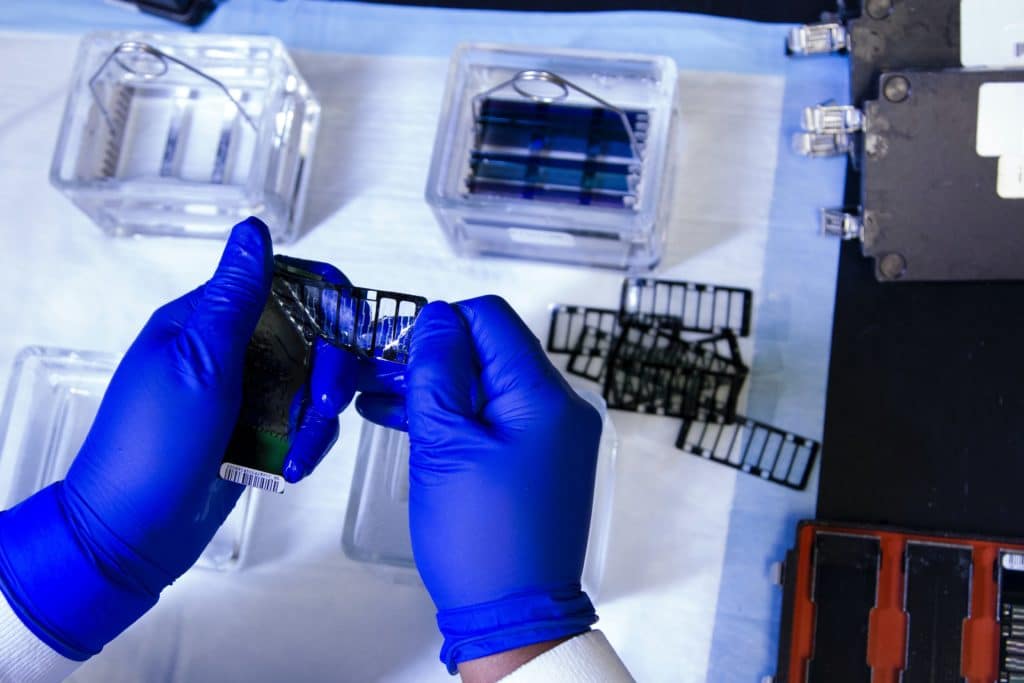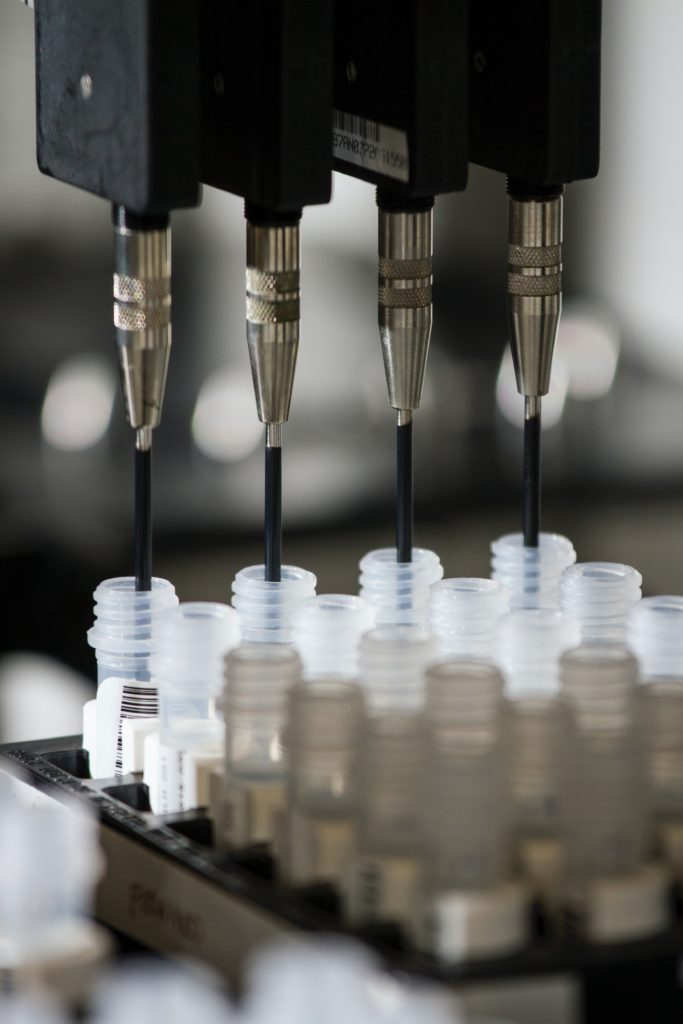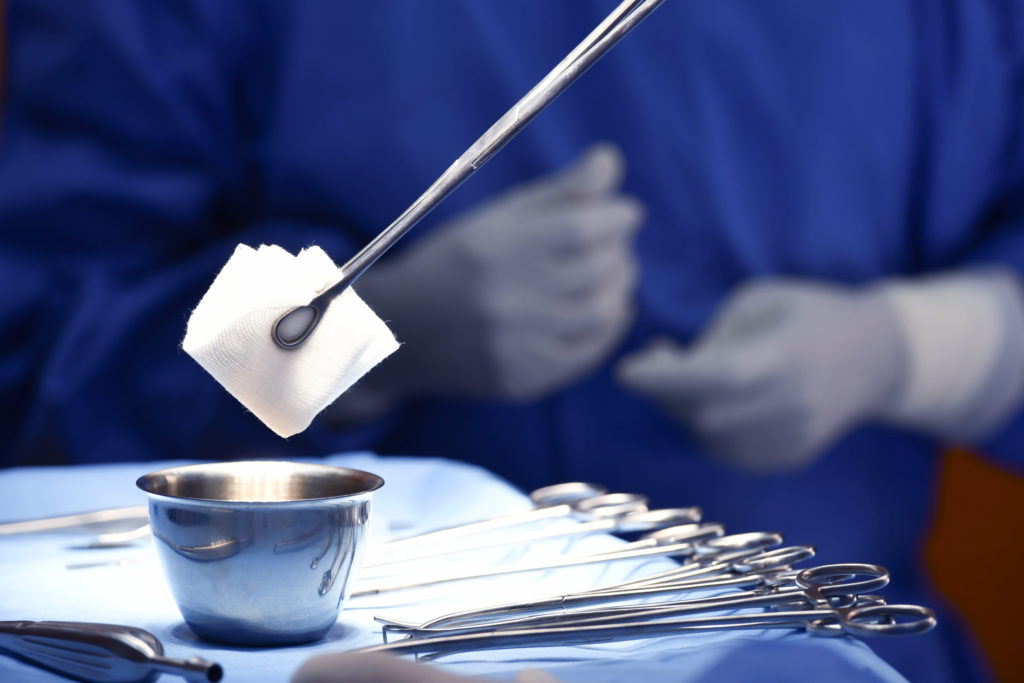Life Science
Chemical surface modification is widely used in the life sciences industry to develop advanced biomaterials, drug delivery systems, and diagnostic tools. It has numerous applications, including biorecognition, theranostic, and antibacterial. Biorecognition involves the use of modified surfaces to selectively bind and recognize specific biomolecules, such as antigens or antibodies. Theranostic applications involve the use of modified surfaces to deliver drugs and simultaneously monitor the treatment response. Antibacterial applications involve the use of modified surfaces to reduce bacterial adhesion and prevent infections. Chemical surface modification plays a critical role in the development of these advanced materials and devices, and has the potential to significantly improve human health and quality of life.

Biorecognition
Chemical surface modification is used in biorecognition to develop surfaces that selectively bind and recognize specific biomolecules such as proteins, DNA, or antibodies. Surface modification introduces chemical groups that can interact with the biomolecules of interest, enhancing their binding specificity and affinity. This approach is widely used in biosensing applications to detect biomolecules, such as in immunoassays or DNA microarrays. Surface modification can also be used to develop materials for biological separations, such as chromatography or affinity purification. Overall, chemical surface modification is an essential tool for developing materials for biorecognition, allowing for the development of highly specific and sensitive biosensors and diagnostic tools.
Theranostic
Chemical surface modification is used in theranostics to develop surfaces that can deliver drugs and simultaneously monitor the treatment response. Surface modification can introduce chemical groups that enable drug loading, sustained release, and targeted delivery to specific cells or tissues. In addition, modified surfaces can be designed to enable real-time monitoring of treatment response using imaging techniques such as MRI or fluorescence imaging. This approach can improve the efficacy and safety of drug delivery by enabling personalized medicine and optimizing treatment protocols. Overall, chemical surface modification is a critical tool for developing theranostic materials that enable simultaneous drug delivery and treatment monitoring.


Antibacterial
Chemical surface modification is used in the life sciences industry for antibacterial applications to develop surfaces that can reduce bacterial adhesion and prevent infections. Surface modification introduces chemical groups that can repel bacteria, inhibit their growth, or disrupt their cell membrane. This approach is widely used in medical devices, such as catheters or implants, to reduce the risk of infections. Surface modification can also be used to develop antibacterial coatings for surfaces in hospitals or public places, such as door handles or countertops. Overall, chemical surface modification is an essential tool for developing antibacterial materials that can improve patient outcomes and reduce the spread of infections in healthcare and public settings.
